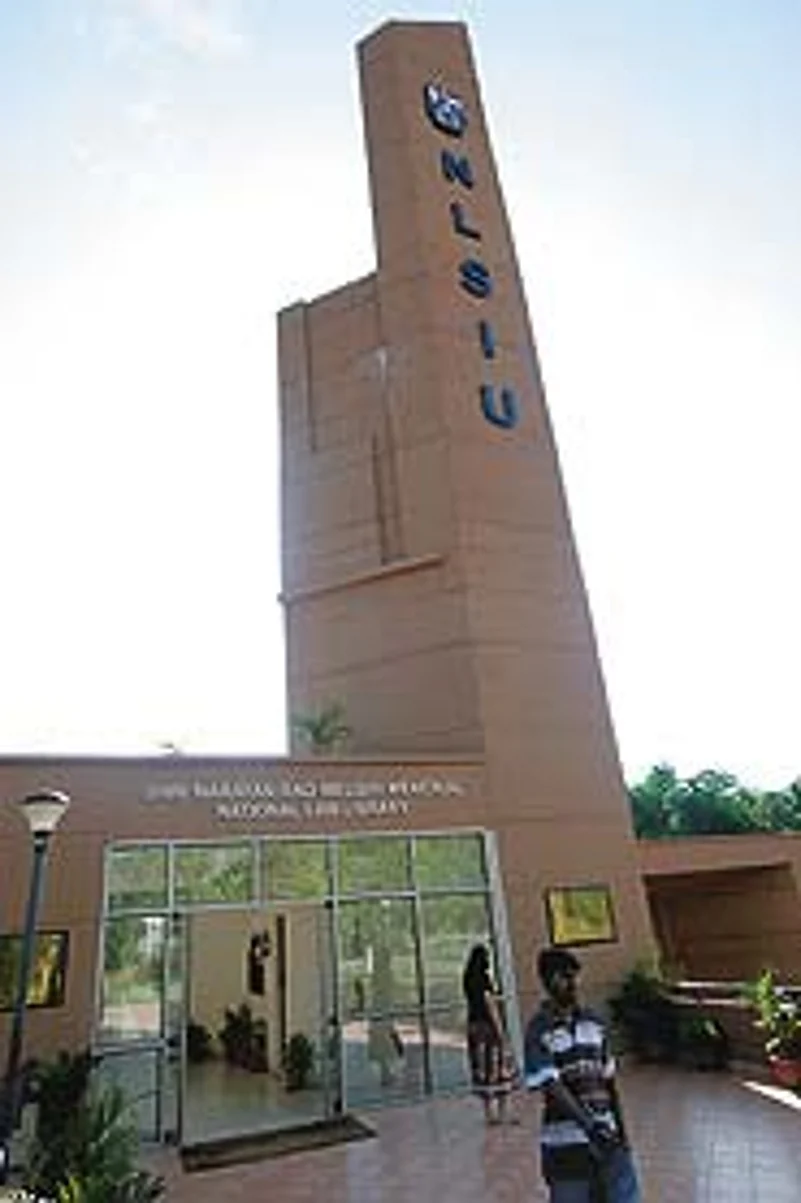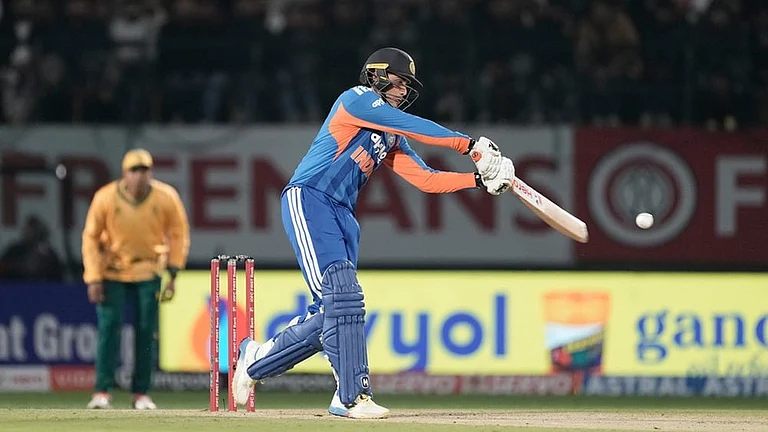Today, Anirudh is a much relieved man; in fact, his portfolio of ideas has expanded immensely. Now, he can toss several choices to career aspirants. This, he feels, is a gift of the economic reforms and India’s quest for globalisation which has brought to the fore a number of new vocations. Like the traditional ones, the new options can ensure a decent career and comfortable life to India’s burgeoning youth.
If the 1970s and 1980s were the eras of doctors and engineers, the 21st century belongs to the new India, with its increasing array of new-age professionals. Counsellors and career consultants agree that the new wave is in the direction of the newer courses. Says Sushma Shastri, an academic counsellor with the Amity group, "The craze for UPSC, medical and engineering is gone. Students today want to experiment with new professions which have money, and a glamour factor that was missing from the traditional careers."
Explains Arun Jamkar, dean, B.J. Medical College, Pune, "About 15-20 years ago, every student wanted to become an engineer or a doctor. But when that got saturated and getting a seat became difficult, IT boomed and they ran after it. About 5-8 years back, even this got saturated, and we saw students opting for courses like hotel management, travel, airlines, advertising and public relations." Hot amongst today’s options are design, mass communication and fashion.
These started as vocational courses, but are now full-fledged courses. Says Mihir Bholey, spokesperson for the Ahmedabad-based National Institute of Design (NID), "In the last decade, the corporate sector has realised that design is important to survive in a competitive environment. The trio of design, technology and management is driving both the industry and the economy. Designers are now treated at par, if not above, with their technical and managerial counterparts."
Another highly sought after area amongst youth is 3D animation. The craze comes from the realisation that many in Hollywood and Bollywood are using computer-based animation for special effects. One of the pioneers in this—Maya Entertainment, a Mumbai-based 3D animation and visual effects outfit which also runs a computer animation school, has worked on several Indian and international films like Mangal Pandey and Tales Of Jack Frost for BBC UK.

Students at an NIFT workshop in Delhi
If graphic and industrial design is leading the pack, can fashion design be far behind? With a high success and glamour quotient, coupled with Indian success stories globally, the queue for this course is lengthening. Says Pavan Kaushik, coordinator with the National Institute of Fashion Technology (NIFT): "The fashion industry is much bigger today than four years ago. And since the demand for any programme is based on the demand from the industry, the interest of youngsters is growing."
Therefore, it’s not surprising that NIFT drew 25,000 applications this year for a mere 1,400 seats across eight centres. So high is the demand for fashion courses that in February this year, NIFT opened a branch in Rae Bareli, a town in Uttar Pradesh, known only for being the political constituency of Congress president Sonia Gandhi.
Then there are other emerging courses like nanotechnology and biotechnology. With India emerging as the global hub for pharma and becoming a recognised name in the distillery and dairy sectors, demand for qualified people in industry-specific courses like herbal microbial studies and fermentation technology is growing. And India’s ‘open skies’ policy has opened up new careers in aviation—both on-flight and on-ground.
While these are new courses, there are some that are witnessing a revival of sorts. Agrees Shastri, "Hotel management is the biggest change that we are witnessing this year." The hospitality sector attracted students in the past, but had lost its lustre in the recent past. Industry watchers feel the bounceback is due to two factors. The first is the forthcoming Commonwealth Games in 2010, which will push demand. The second reason is the globalisation of the Indian hospitality industry.
Another big draw is the hospital management sector, as many are coming up in the private sector and not from the traditional system of government-, doctor- or family-owned units. This, with the growth of medical tourism, is giving rise to a demand for professionally trained personnel.
With the proliferation of TV channels, the demand for mass communications has witnessed an upsurge. Over the past decade or so, media studies and mass communication studies have moved away from being a hobby, or part-time course, to a full-time, career-oriented one. Avers Pradeep Mathur, course director, Indian Institute of Mass Communication, New Delhi, "There is a huge demand-supply mismatch. Of the almost 300 institutes offering these courses in and around Delhi, over 250 are substandard. Universities are now starting courses, but the problem is most of them still have a lot of academic baggage and are not practically oriented."

Similar issues such as the lack of training professionals and standards to monitor professional education are common among many institutes. Explains Jamkar, "There has been a massive explosion of educational lines offering tremendous scope for new entrants. In India, the government should focus on primary education and professional courses should not be sponsored by it. The private sector is willing to set up such colleges. The bad part is that we lack integrity and discipline and standards have deteriorated in the private sector. Private colleges just want to make a fast buck. Even in government colleges, standards are far from satisfactory."
Adds V.V. Dewoolkar, dean, K.J. Somaiya Medical College, Bombay, "One problem in existing professional courses is a shortage of faculty. The number of private institutions that have sprung up is high. There is a lack of teachers everywhere because there is less money in it." To some extent, technical education is controlled by the All India Council for Technical Education, which provides certification and accreditation to institutes. But few disagree that its efforts fall terribly short of actual requirement.
However, there are some mid-course corrections being made by the institutes themselves. Analysts believe that the craze for the new courses has little to do with the level of intellect, and more to do with preference. Many students who can, or have, qualified for IIT and IIM are looking at more glamorous professions. They believe in the new courses, which are not purely academic but driven by industry demand, and which offer specialised and focused training and orientation as required in the real world.
Such thinking is forcing institutions to look at industry-related needs. NIFT, for instance, has introduced new courses like fashion photography. The boom in retail has led it to launch courses on retail management and visual merchandising, which involves setting up showrooms and developing displays to attract customers. Says Amity’s Shastri, "There is demand for retail management and as the sector opens up, the demand for trained managers will be tremendous." Says Malobika Sengupta, CEO, Wigan & Leigh College: "Fashion courses already have large acceptance but retail and event management are in focus these days as the retail sector is booming and in 5-10 years, millions of jobs would come up there."
In an environment where new career options are springing up faster than ever before, the government too has begun to change its higher education orientation. Last week, the prime minister’s task force on skill development submitted its report to the Planning Commission, suggesting public-private partnership models. This may mark a new beginning and the start of an interesting era.
By Arindam Mukherjee and Rajesh Gajra






















